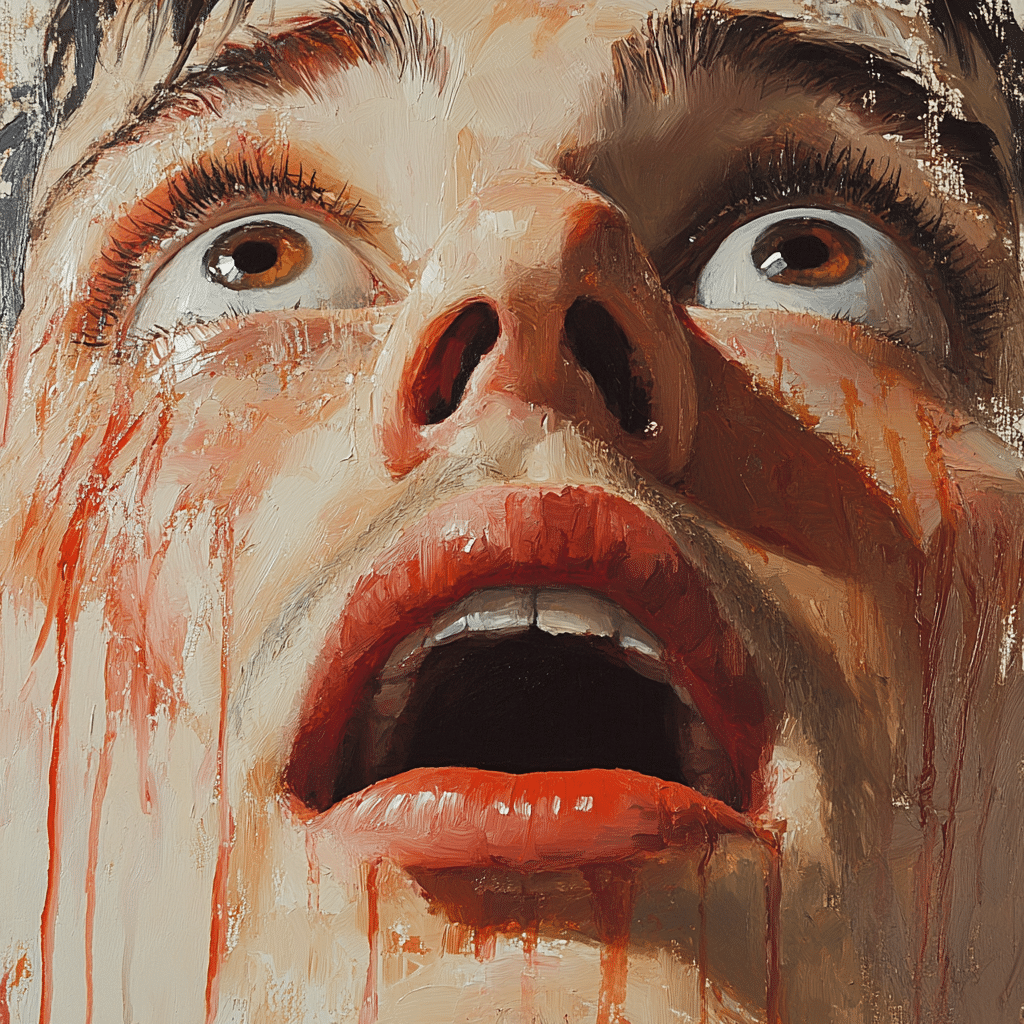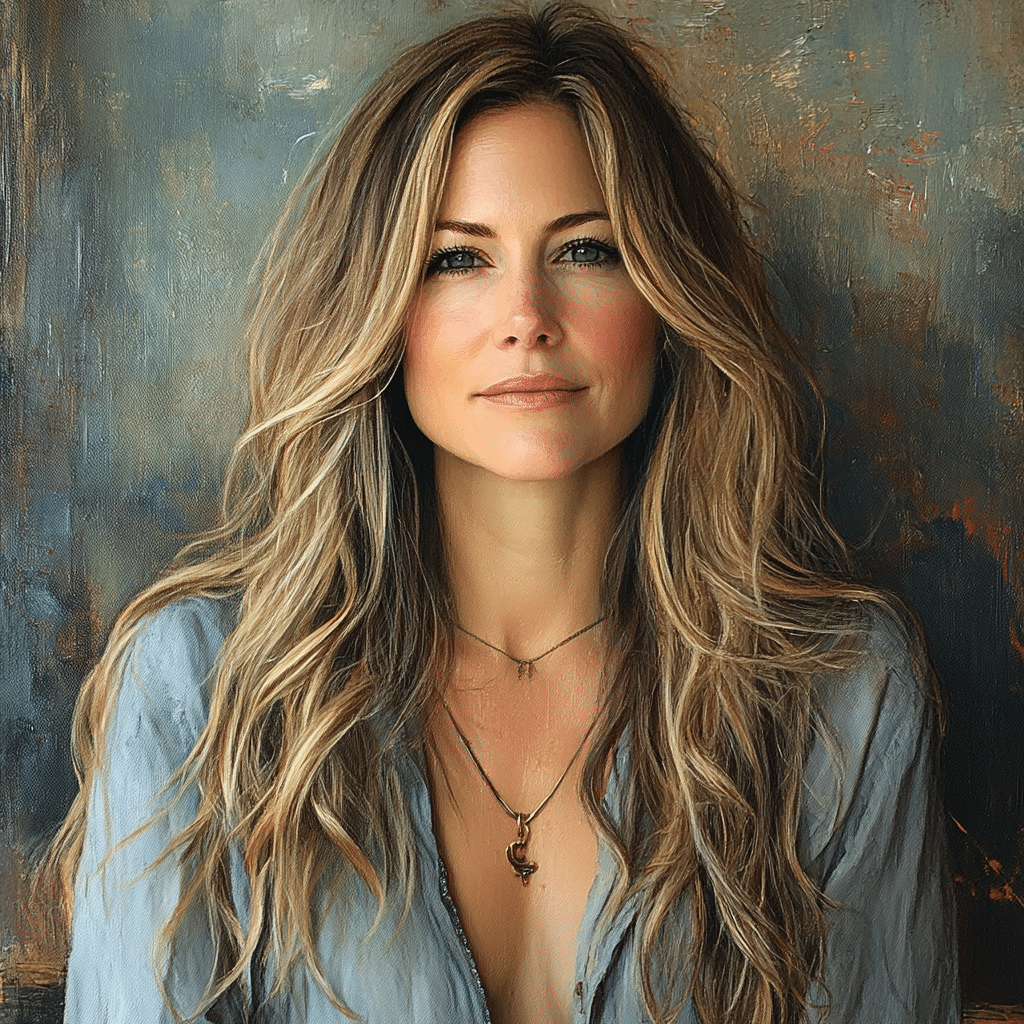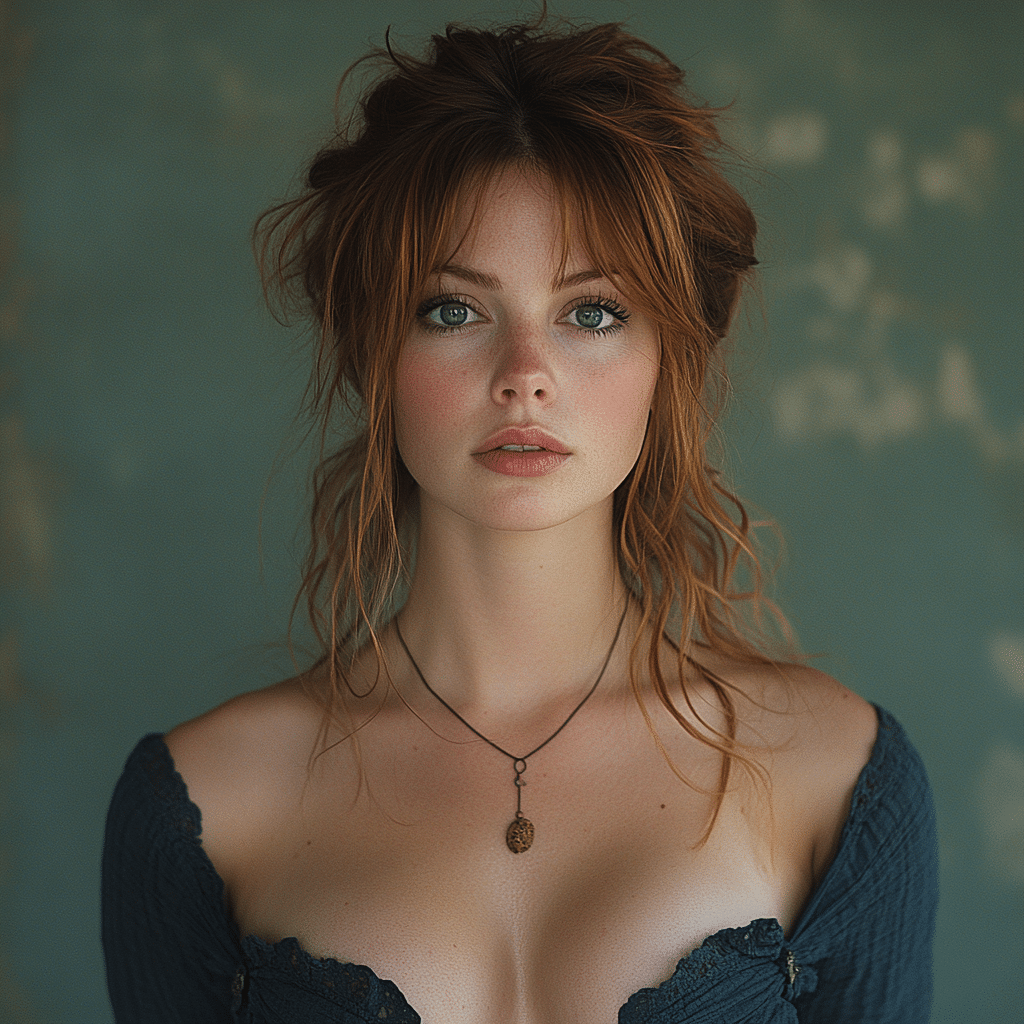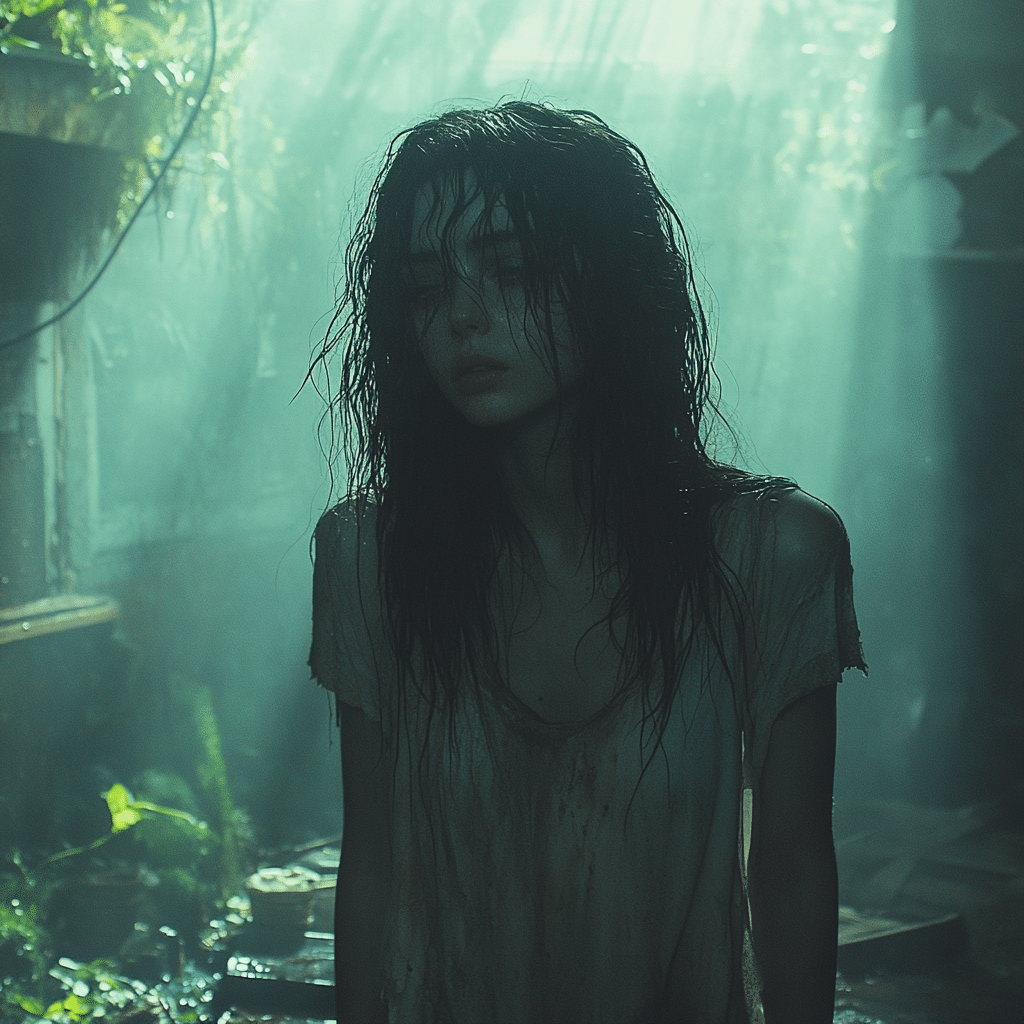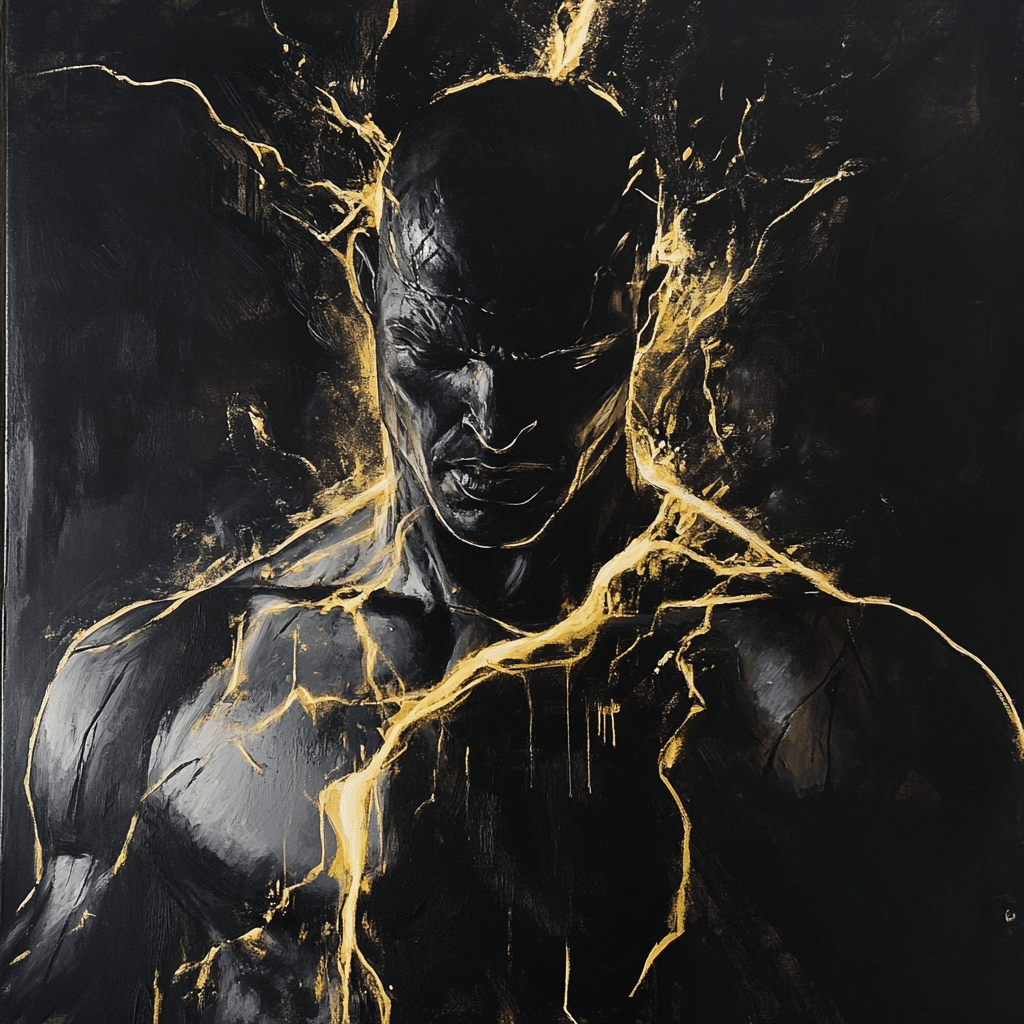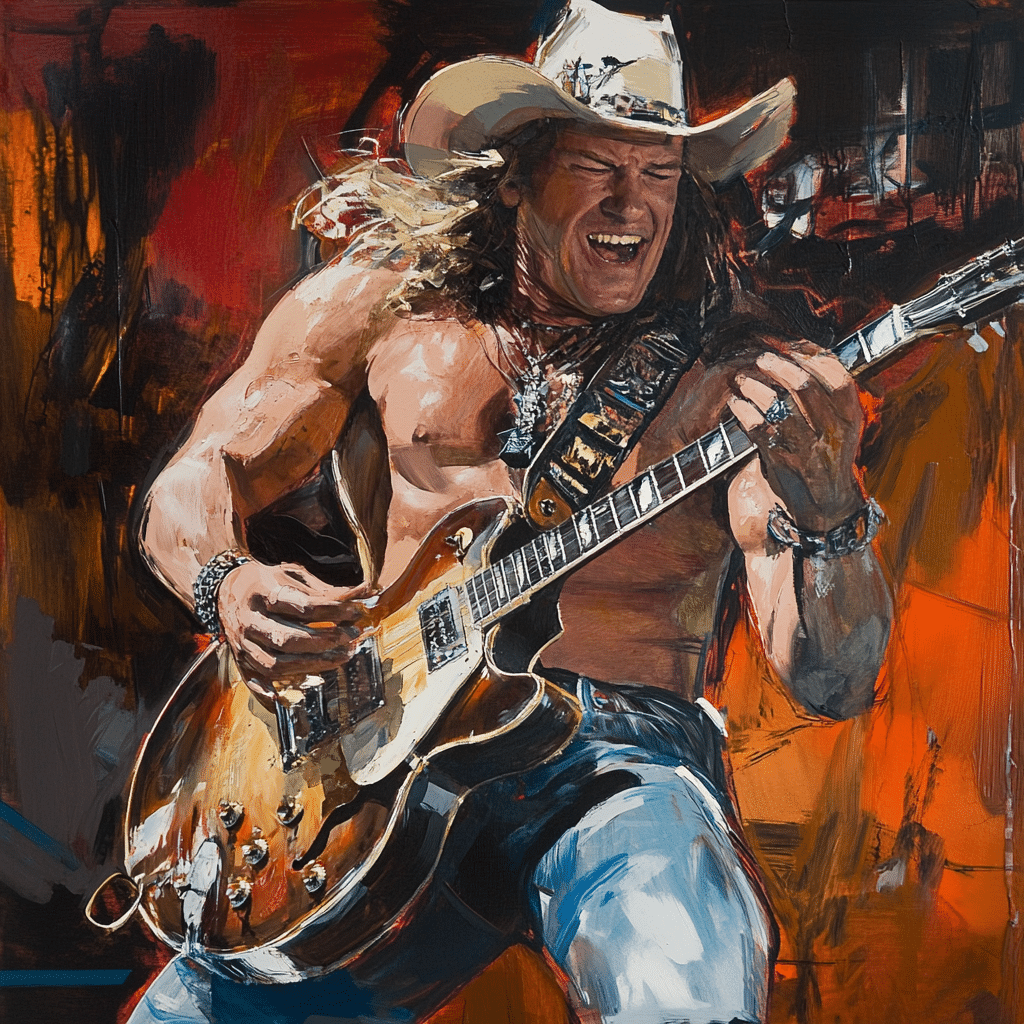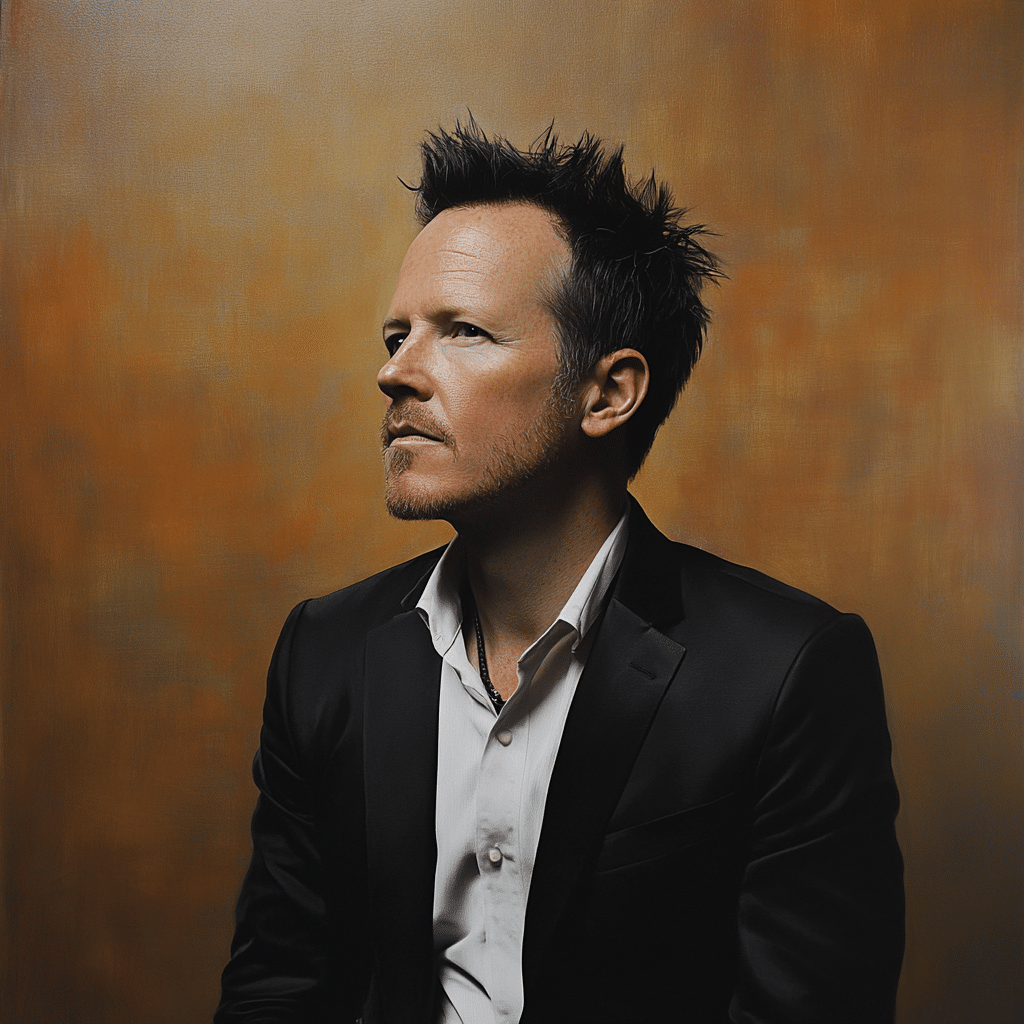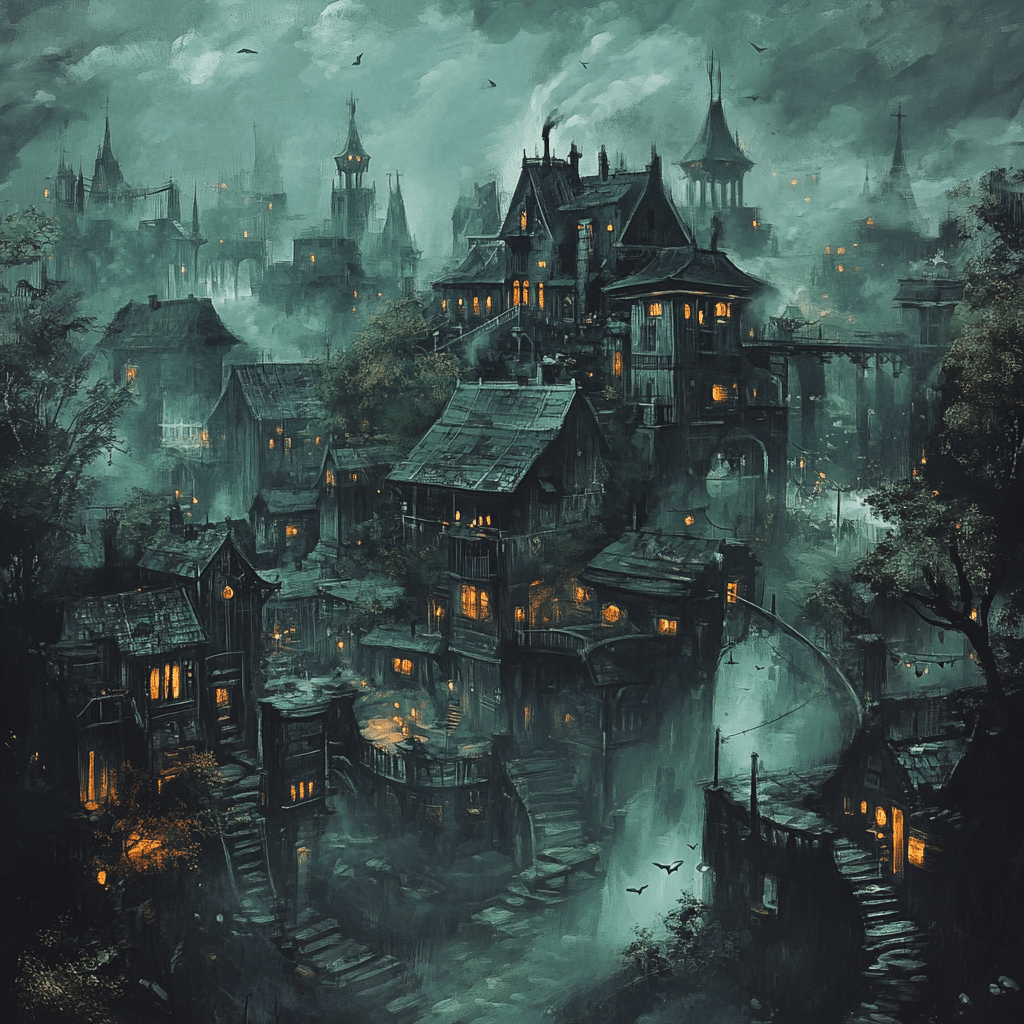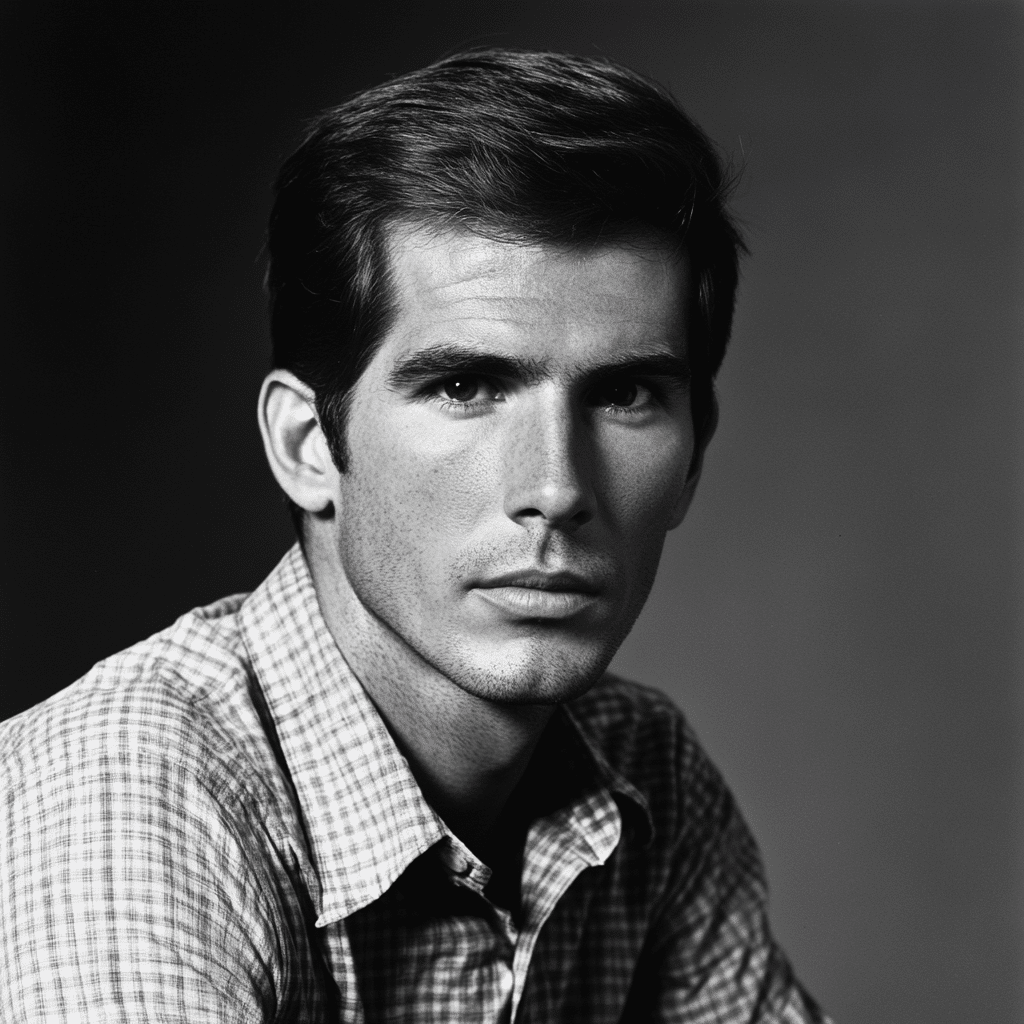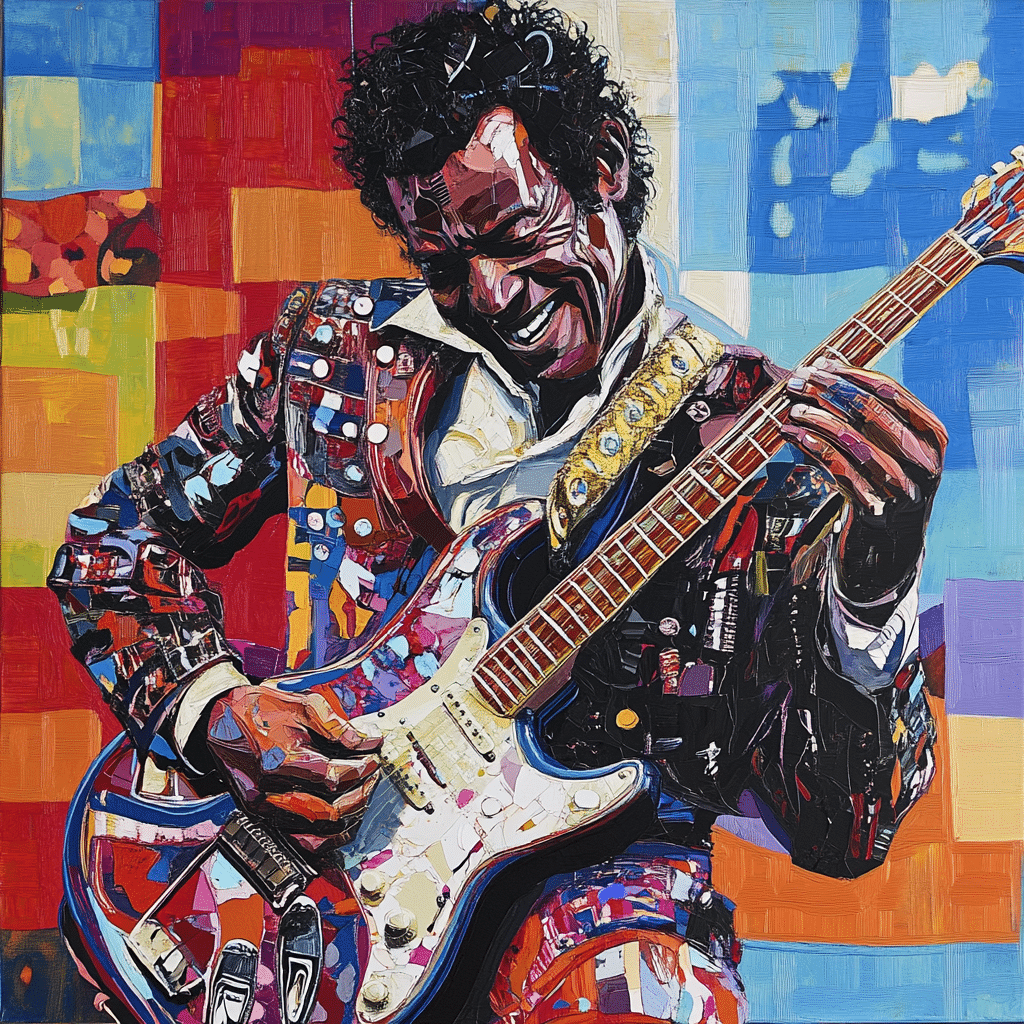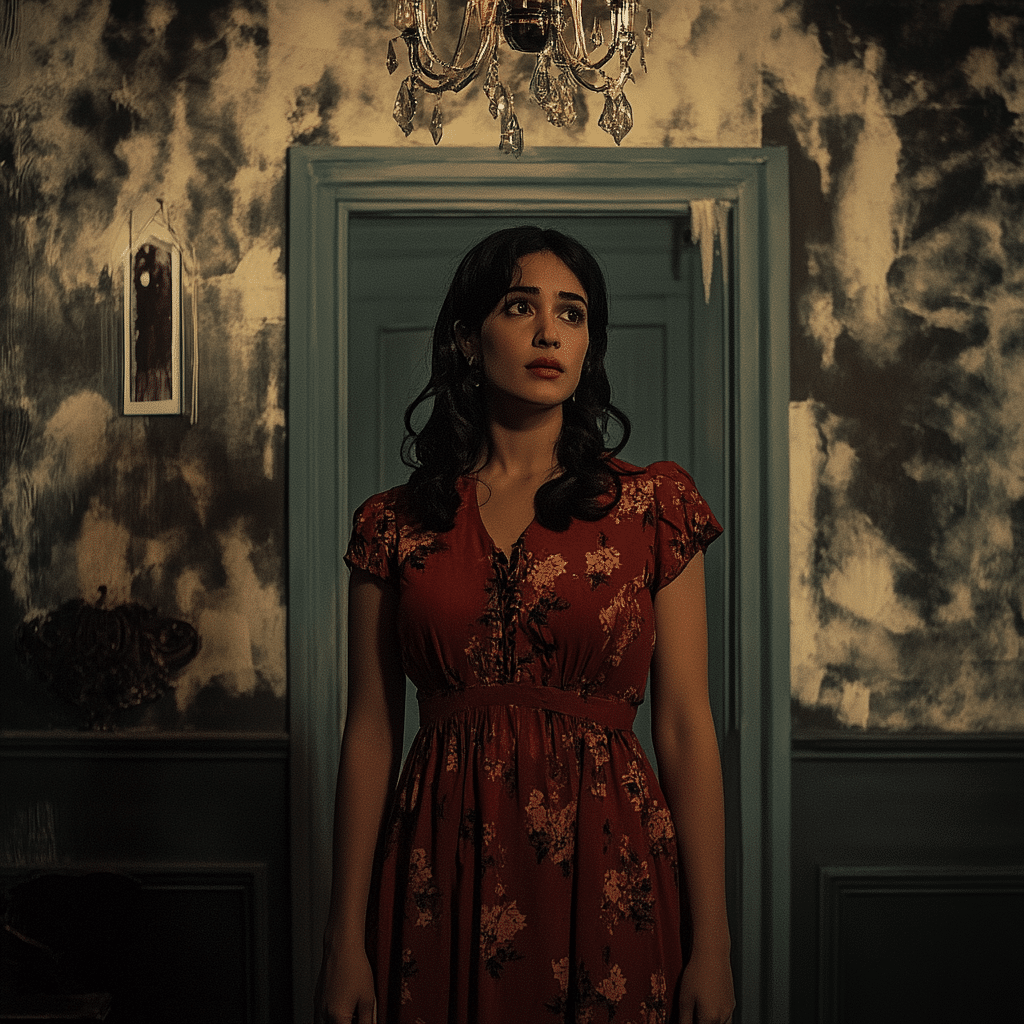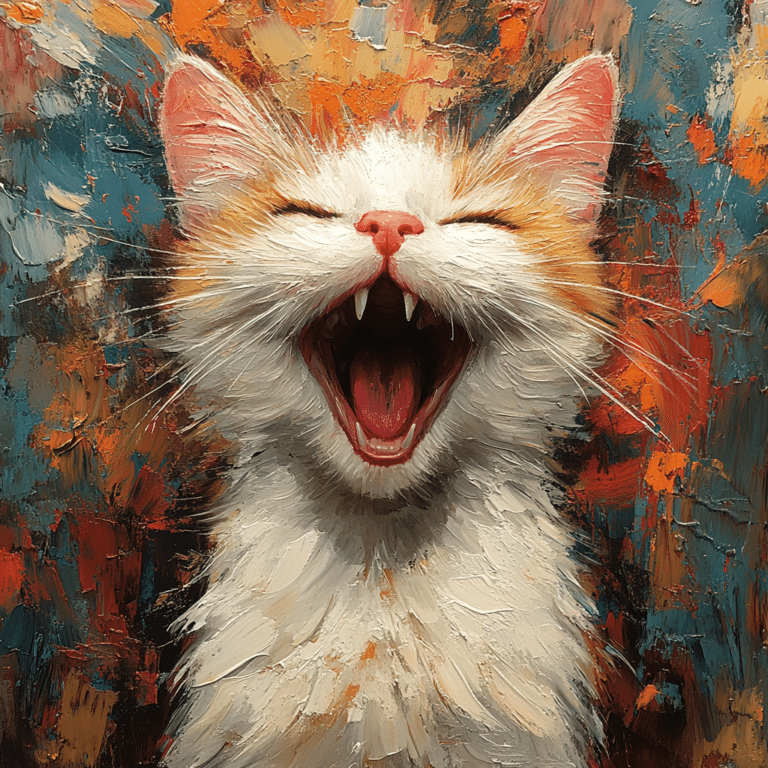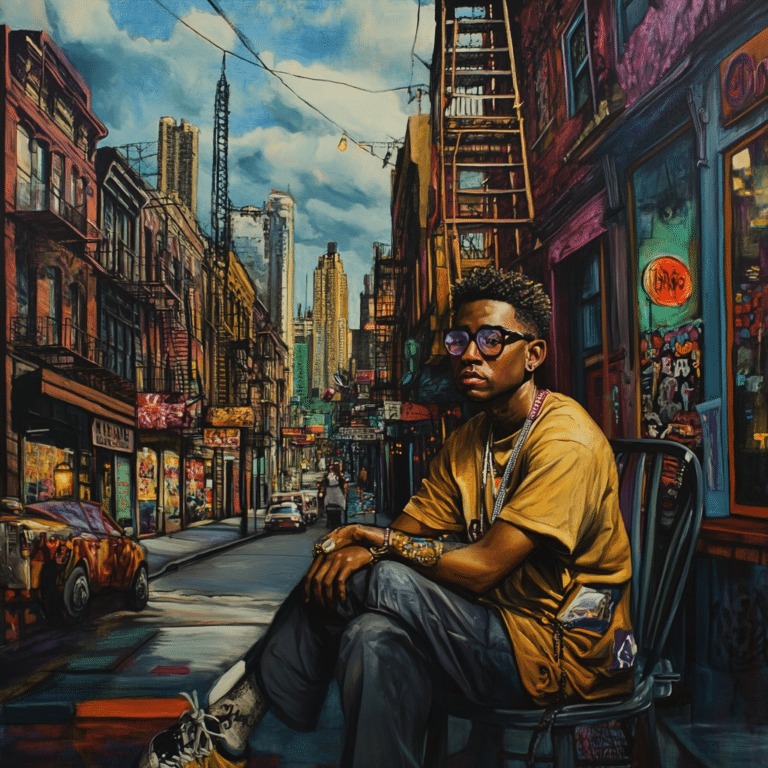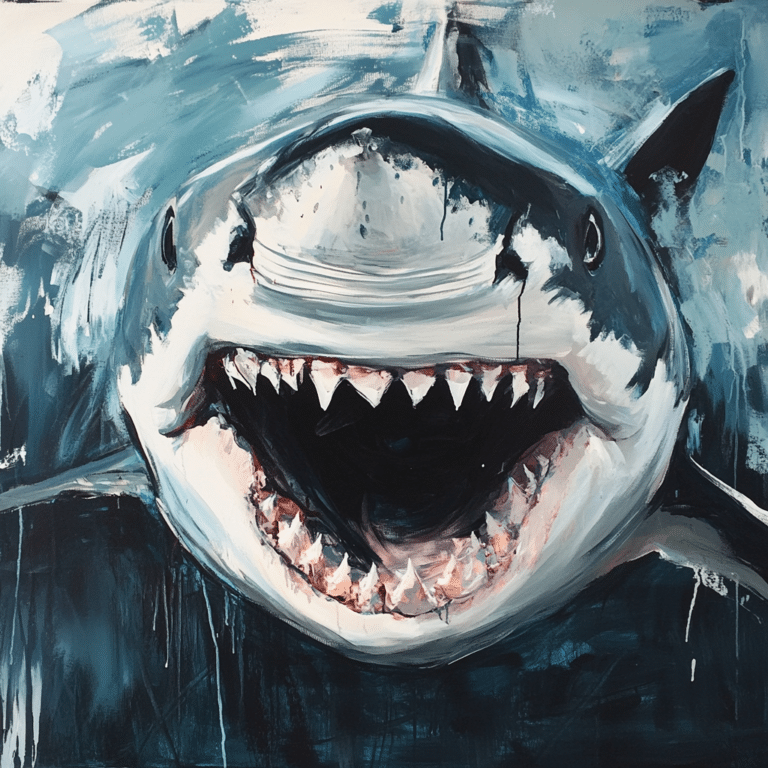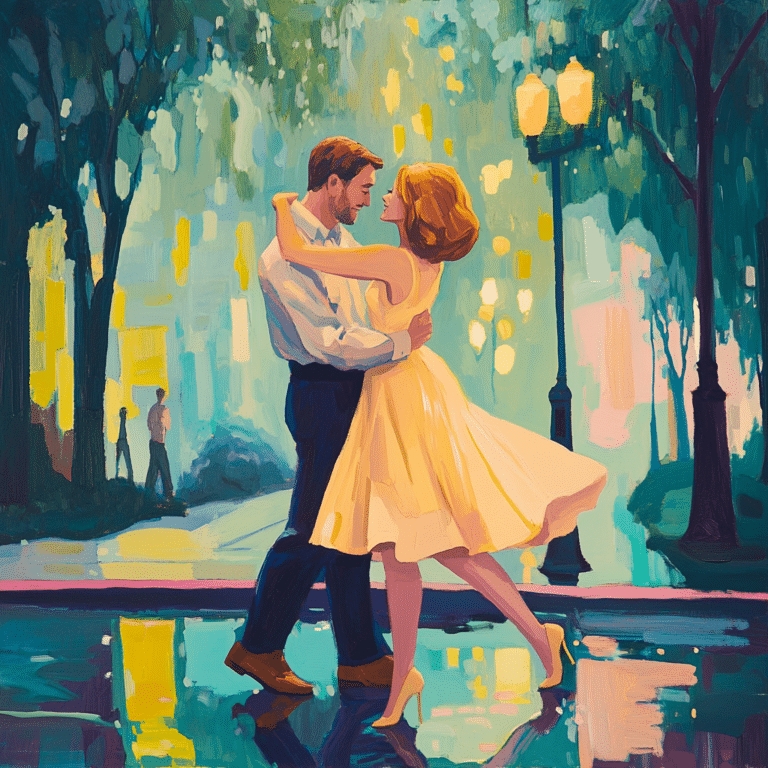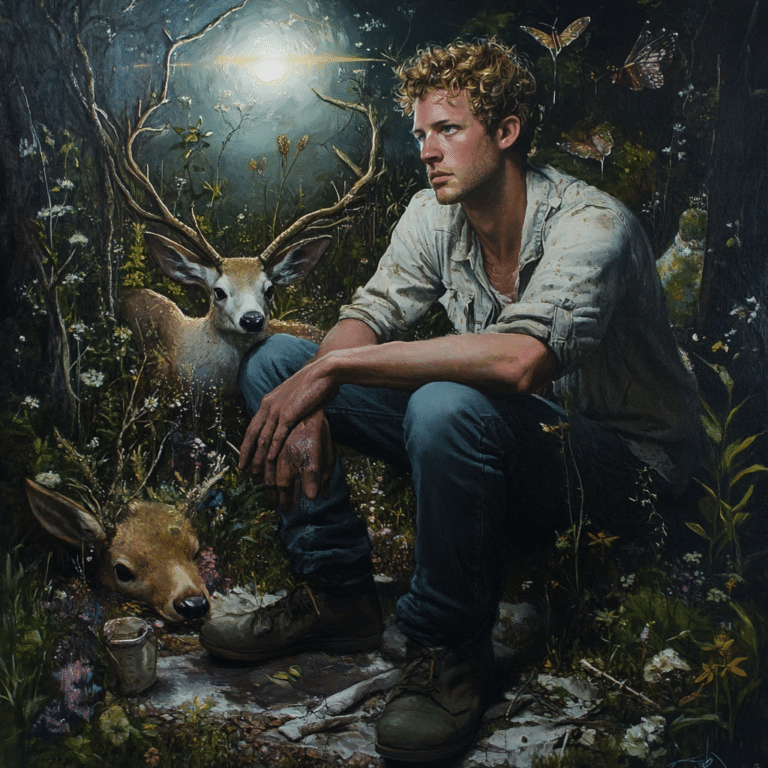The world of cinema often balances on a razor-thin line between madness and genius. The madness we speak of is not just chaos but a brilliant spark that fuels the creative fires of iconic filmmakers. Understanding this duality is essential in unpacking the legacies created by cinematic icons. So, let’s dive into the convoluted paths taken by filmmakers, from the boldly unconventional to the endlessly innovative, while shining a light on their creative madness, innovative craft, and those charismatic flashes of brilliance that have redefined filmmaking.

7 Examples of Creative Madness: The Rock Stars of Cinema
David Lynch is the epitome of cinematic madness. His films, like Eraserhead and Mulholland Drive, embody a bizarre style that marries unsettling visuals with haunting narratives. Lynch tosses traditional storytelling out the window, using a dream logic that leaves audiences scratching their heads—or wide-eyed in awe. Sure, his commitment to his vision alienates some, but it has earned him a cult following that reveres the madness he brings to our screens.
Renowned for his obsessive attention to detail, Stanley Kubrick’s movies, like 2001: A Space Odyssey and A Clockwork Orange, showcase his innovative filmmaking approach. His perfectionism has become legendary. For instance, the grueling shoot of The Shining tested the patience of his actors and crew to their limits. That kind of madness comes at a price, but the unforgettable milestones in cinema he created were worth every sleepless night.
Look no further than Martin Scorsese for an example of cinematic mastery grounded in madness. Films like Taxi Driver and Goodfellas have become cultural touchstones, melding raw narratives with a polished technique. Scorsese is notorious for pushing actors to their emotional breaking point, leading to performances that grip audiences. His fearless exploration of violence, identity, and morality reflects the complexity of his own psyche, showcasing a genius stemming from the madness within.
Tim Burton’s blend of whimsy and darkness is unmistakable. With films like Edward Scissorhands and The Nightmare Before Christmas, he challenges the norms of family-friendly cinema with his characteristic visual flair—think exaggerated features and that unmistakable Gothic aesthetic. Burton pulls inspiration from childhood experiences and a fascination with the macabre, allowing him to reimagine fairy tales through his wild lens. This dance with the darkness shows that his madness is pure creative gold.
Quentin Tarantino’s films are a whirlwind of sharp dialogue, non-linear storytelling, and pop culture references. Works like Pulp Fiction and Kill Bill provoke both commendation and criticism due to their intertextuality and violence. His flair for pushing genre boundaries is a perfect example of creative madness colliding with public reception. Every screenplay drips with the tension between chaos and coherence that makes watching his films an unforgettable ride.
Alejandro González Iñárritu is known for ambitious narratives and groundbreaking techniques. Films like Birdman and The Revenant showcase his willingness to intertwine multiple storylines while exploring profound existential themes. Iñárritu’s approach elevates cinema from mere entertainment to an art form that sparks deep questions. By pushing his actors and crew to their limits, he embodies a madness that redefines cinematic storytelling.
Christopher Nolan’s filmography is filled with mind-bending plots that challenge viewers to engage mentally. His works, especially Inception and Interstellar, highlight his knack for weaving convoluted narratives with rich concepts. Nolan’s obsession with crafting intricate films often leads to praise and critique alike. His style, a fascinating amalgamation of chaos, intellect, and visual spectacle, certainly earns a spot in our exploration of madness.
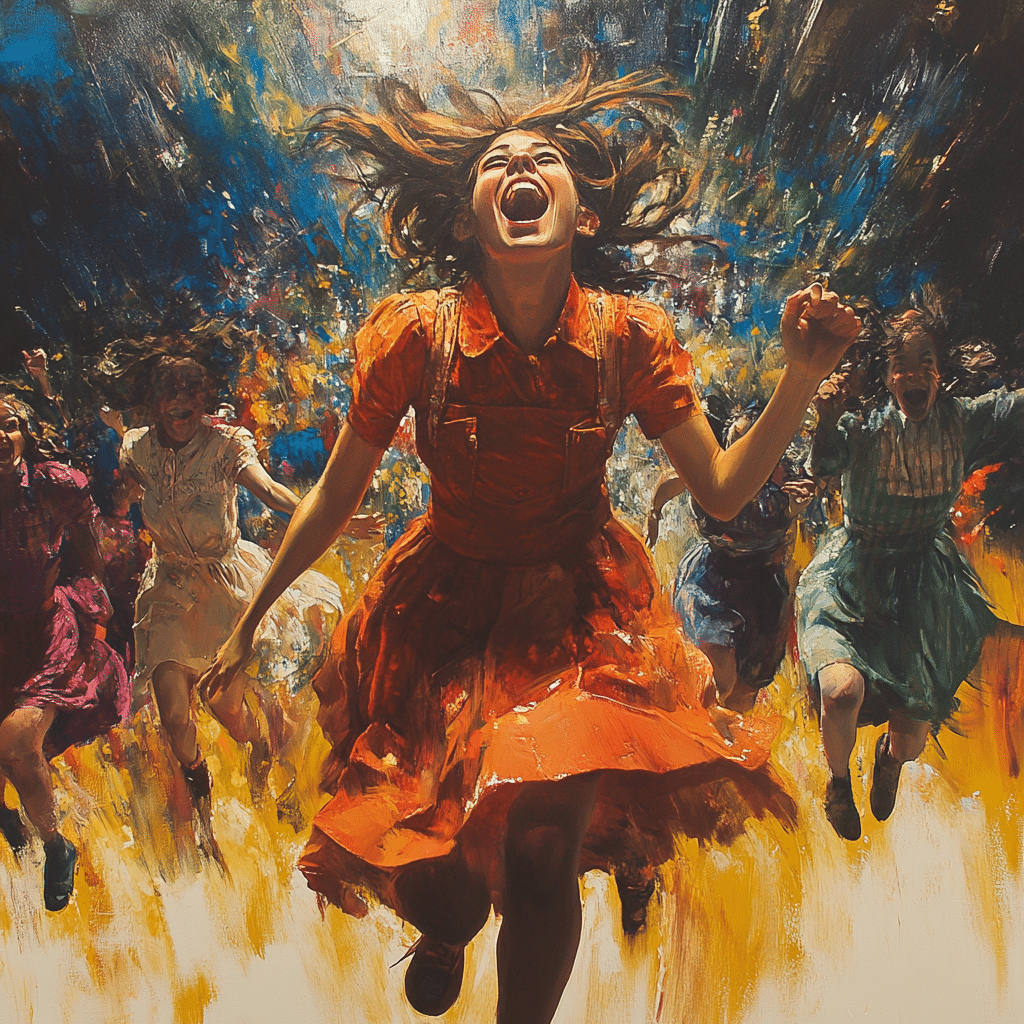
The Flash: Capturing Moments of Brilliance
While the above filmmakers dive deep into the madness of creativity, they also capture those sparks of brilliance—the solid moments that make filmmaking a truly magical experience. Think about the emotional climaxes, stylistic choices, and thematic revelations that land with a thud in your heart. These critical moments resonate with audiences and often arise from the chaos of their creative processes. It’s as if amidst the madness, a brilliant flash ignites, prompting us to question the boundaries of sanity and creativity within the industry.

The Craft: Techniques Behind the Madness
At the core of this creative madness lies remarkable craftsmanship that can’t be overlooked. Take Lynch’s unsettling imagery or Scorsese’s electric pacing—each filmmaker exhibits techniques that reflect their inner chaos. They utilize innovative cinematography, gripping sound design, and electrifying scriptwriting approaches to elevate their artistry. Behind-the-scenes revelations and interviews showcase how these creators channel madness into extraordinary visual and auditory experiences, giving us cinematic magic to devour.
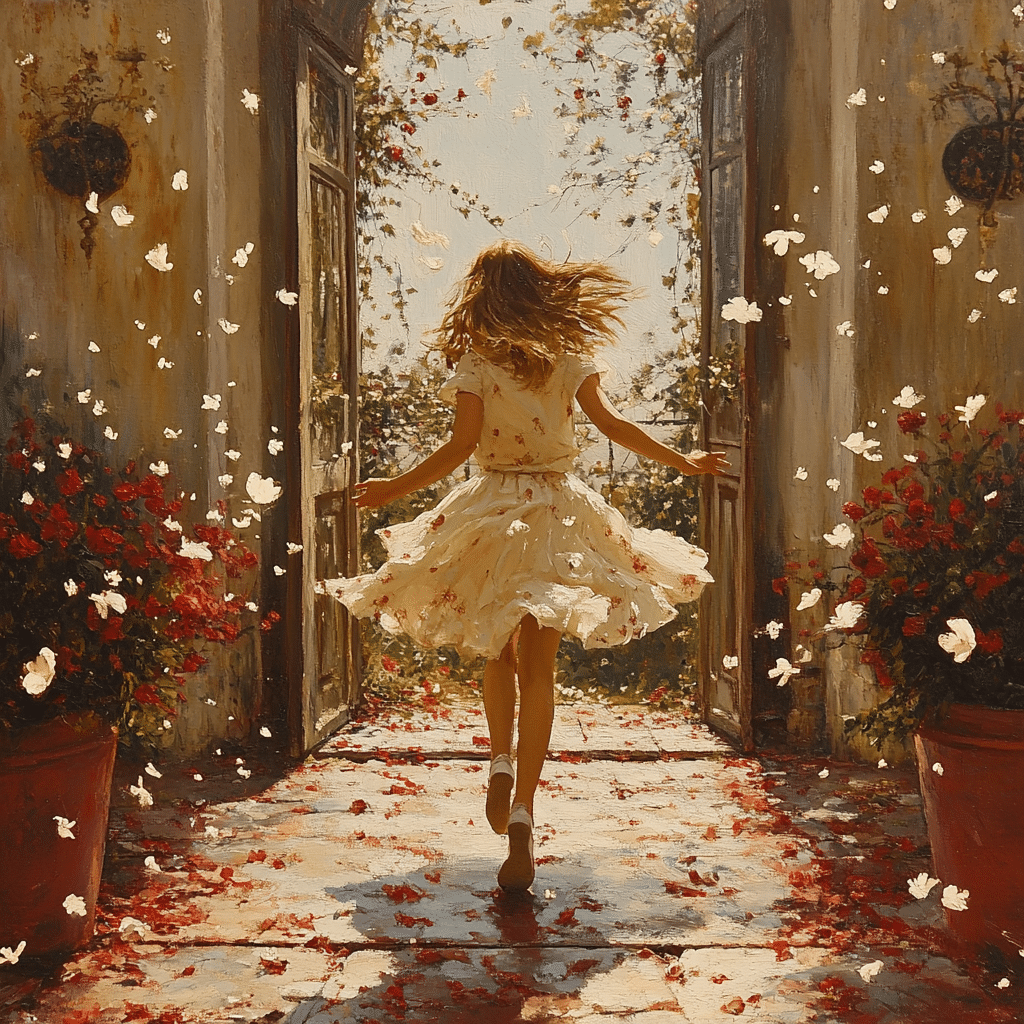
The Rock of Legacy: Unraveling Lasting Impact
Cinematic icons like these have left behind enduring legacies that bridge the gap between madness and genius. Their roles as innovators set the stage for contemporary filmmakers, inspiring a new generation while pushing the creative envelope even further. This “rock” of impact ensures that their madness continues to shape cinema, resonating through the halls of Hollywood and beyond, transforming how we perceive storytelling.
In a world that sometimes idolizes straightforward narratives, understanding the madness behind these cinematic geniuses is invaluable. Their work reminds us that greatness often springs from chaos and inspiration. As we forge into the 21st century, the echoes of their madness will undoubtedly continue to shape the future and the ever-changing narratives of cinema. So here’s to the madness that fuels imagination—may it forever illuminate the silver screen!
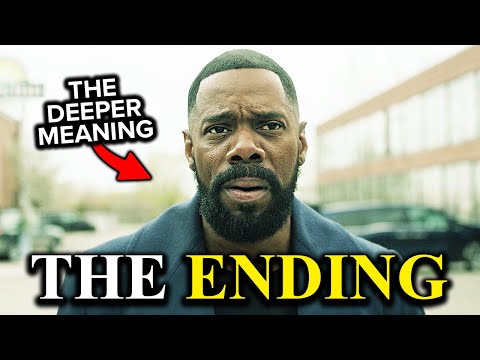
The Madness: Facts and Trivia About Creative Whirlwinds
Unraveling the Genius of a Cinematic Master
The madness that often accompanies genius can amaze us. One prime example is the story about director Tim Burton’s eccentric vision for Planet of the Apes in 2001, where he brought his signature oddity to a classic tale. Interestingly, many members of the Planet Of The Apes 2001 cast found themselves in a production environment that was as creative as it was chaotic, with Burton pushing boundaries while sometimes leaving crew members scratching their heads! This blend of chaos and creativity is what allows filmmakers like Burton to leave an indelible mark on cinema.
Did you know that creative collaboration can spark new ideas that are downright insane? Take the infamous dancing scene in The Doors, where Jim Morrison encapsulated the spirit of rock with inspired madness. In the wild world of filmmaking, such moments don’t just happen—they’re crafted through the unique chemistry of artists coming together. It’s much like when celebrity chef Julia Child decided to bring French cuisine to television, spicing up the culinary world with her delightful madness. Who would’ve thought that such energy could change the cooking game forever?
Wild Inspirations and Outlandish Choices
But the madness doesn’t stop at grand visions. Actors like Rita Wilson share fascinating behind-the-scenes anecdotes that showcase the unpredictable nature of film sets. For instance, on the set of a newly airing series like Presumed Innocent Episode 7, unexpected on-set antics can create connective chaos that pits serious drama against a lighter backdrop. This lively interplay fuels creativity as actors improvise through heavy themes, keeping both the audience and the cast on their toes.
Even the simplest objects, like a Cirkul water bottle, can stir up a wave of motivation and enthusiasm on set. When creatives stay hydrated and energized, ideas flow freely! Meanwhile, filmmakers often draw inspiration from unexpected encounters, such as Amber Tamblyn’s outreach to young artists, prompting them to embrace their own madness and passion. With such energetic voices, the madness within the film industry evolves and expands, showing us just how powerful creativity can be—if we let it run wild.
